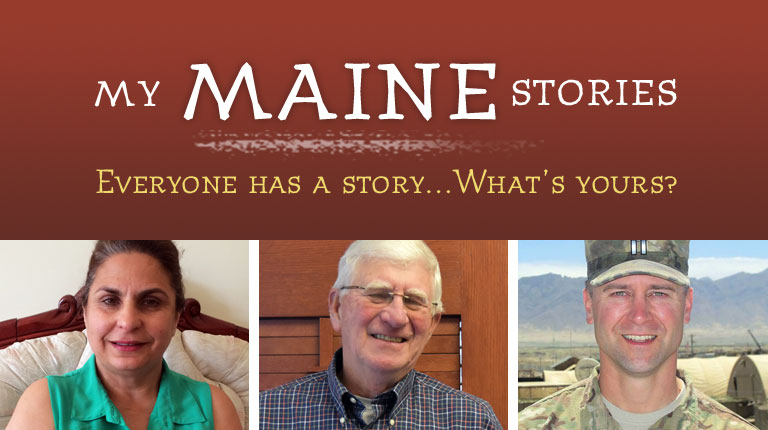A story by Dwayne Tomah from 2024
Translating 1890 Passamaquoddy Wax Cylinders
Dwayne Tomah, a member of the Passamaquoddy Nation from Sipayik, discusses the importance of the return of wax cylinder recordings made of his ancestors in 1890. Recorded in January, 2024. Noted as the youngest fluent Passamaquoddy speaker, Tomah did the work of translating the wax cylinder songs, and shared widely with the Passamaquoddy communities.
Anthropologist Jesse Walter Fewkes traveled to Calais, Maine in March of 1890 to test inventor Thomas Edison’s Phonograph in field conditions. He recorded Passamaquoddy peoples singing and speaking their language into the bell, etching them on cylinders made of ceresin, beeswax, and stearic wax. Fewkes’ recordings were the first ethnographic phonograph recordings ever made, and pivotal to further fieldwork with the Edison phonograph.
Friendly URL: https://www.mainememory.net/mymainestory/Dwayne_Tomah




